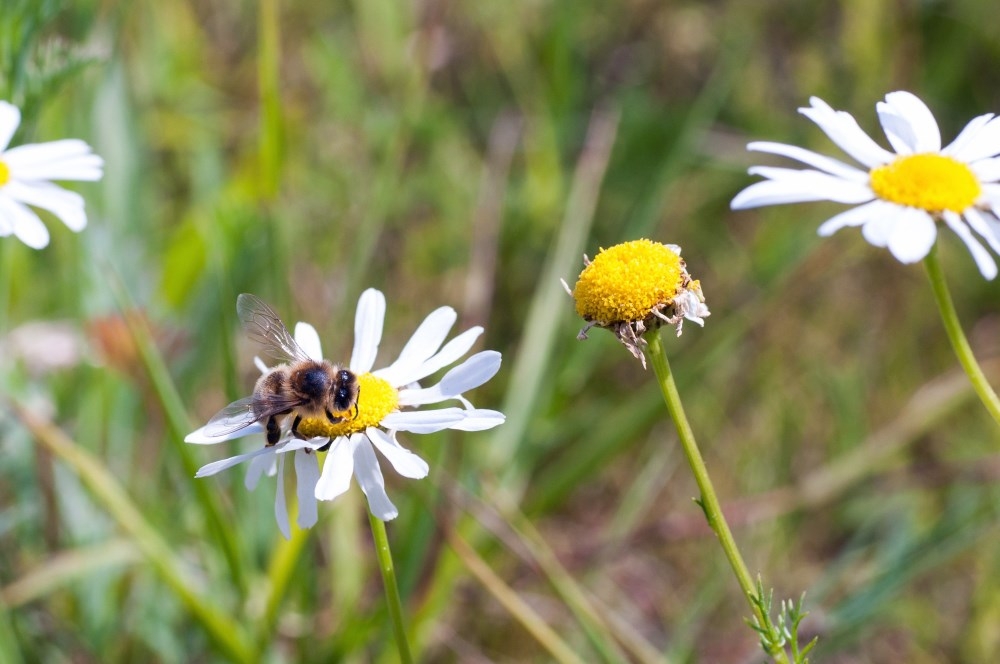Save the bees
Guest blog by Just Eilidh. Once a family blogger, Eilidh now focuses on writing more about her passions, travel and sustainable living, however, as a mother at heart, her three children feature in some of her blogs. She has been taking inspirational steps to live more sustainably, including giving up fast fashion, changing her families habits, as well as creating a 6-week e-course helping others learn how to tackle the never-ending plastic in their lives. As UK green, lifestyle and travel blogger, she works collaboratively and creatively, showcasing and storytelling her travels, and talking about her favourite brands.
You will, by now, have heard that Britain’s bees are in danger of disappearing altogether, but you may be wondering, what’s the big deal? So it could shock you to hear that we, quite literally, couldn’t live without them.
“Without bees, we would lose all of the producing plants that they pollinate: around 70 of the around 100 crop species that feed 90% of the world’s population.”
The University of Reading identified that the honeybee population in the UK has halved in the last 20 years — with mites, pesticides and climate change being contributing factors.
So, what can be done about it and how can we change the future of the honeybee?
Low Carbon’s conservation efforts
Renewable energy investor, Low Carbon, has united with Plan Bee Ltd. to help conserve the honeybee population. On Low Carbon’s solar parks across Cornwall, Devon and Suffolk, sit 25 beehives, proudly housing around 2 million bees. These locations support greater biodiversity with blankets of wildflowers, making the perfect environment for the bees to thrive.
This biodiversity project is continuously being developed with the latest introduction of a remote monitoring system. These measure brood temperature, humidity, hive weight and weather conditions, to successfully help the bees to thrive within the hives.
Some of the honey produced by the bees is harvested and gifted to help raise awareness and support for this important cause.
What you can do to help
When trying to help protect the bees, it’s important to understand honeybee behaviour and what they need to be able to survive.
A big problem is a lack of suitable habitats for foraging due to the loss of hedgerows, woodland and meadows that would be abundant with the types of pollen they need.
That’s why one of the most simple and beneficial actions we can take is to plant bee-friendly flowers in our gardens, such as peonies, viburnum, alliums, skimmia, anemone and roses. You can buy bee friendly seed mixes or bee bombs in your local gardening centre.
Here are some other simple actions you can take to help save the honeybee:
- Install beehives
- Plant bee-friendly fruit and veg
- Grow plants and veg from seed
- Let your grass grow for shelter
- Use peat-free compost
- Welcome other insects into your garden
- Avoid pesticides

